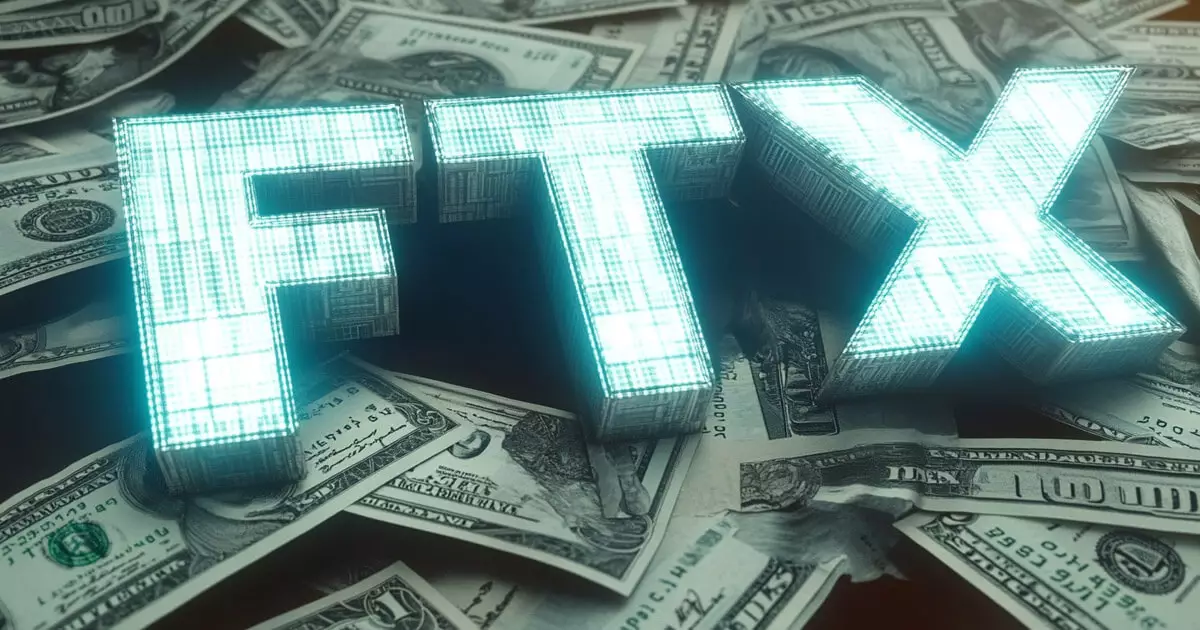The world of cryptocurrency has always been characterized by volatility and rapid changes, none more so than during the tumultuous events surrounding the downfall of FTX, once a leading exchange in the crypto space. As the saga unfolds, one notable development emerges on February 18: FTX is preparing to distribute funds to small creditors as part of its bankruptcy proceedings. This event signifies a pivotal moment in the drawn-out process of rectifying the financial disaster that has reverberated across the entire industry.
On a practical level, the distribution is relevant primarily for those classified as “Convenience Class” claimants. These are creditors with claims valued at $50,000 or less, who will receive full repayment along with a 9% per annum post-petition interest rate. This full reimbursement is undoubtedly a relief for many individuals and small entities that have felt the brunt of FTX’s collapse. Confirmations will be made through the FTX Digital Claim Portal, with funds being distributed to verified BitGo accounts connected to the claimants’ registered emails.
What this payment represents is more than mere numbers; it symbolizes a degree of accountability and responsibility assumed by FTX’s new management team, headed by CEO John J. Ray III. The successful execution of these payments could signal potential pathways for further resolutions in the complex labyrinth of creditors and claims that remain unresolved.
However, while small creditors can celebrate potential reimbursement, the larger creditors, often institutional investors and venture capitalists, remain in a precarious position. They are still entangled in legal discussions and negotiations regarding their larger claims. The complexity of their situations is compounded by ongoing investigations into the alleged misconduct of former FTX executives, including founder Sam Bankman-Fried. The process to recover assets lost to alleged mismanagement will require navigating significant legal hurdles.
Reports indicate that the new management is actively pursuing asset recovery through legal actions against those in the periphery of the scandal, which adds layers of complexity and uncertainty. Old wounds from the collapse continue to fester as creditors and investors wait for clarity on how much, if anything, can be salvaged from the wreckage left behind.
The circumstance surrounding the bankruptcy of FTX raises significant ethical considerations as well. When financial institutions fail, the ripple effects are felt by countless individuals—particularly those who may not have the financial savvy to navigate the complexities of crypto risks. The lessons learned from this catastrophic event stretch beyond the realm of finance, reaching into governance, regulation, and the obligations institutions hold towards their customers.
As investigations reveal the extent of supposed mismanagement, the legal ramifications for former executives like Bankman-Fried and others serve as a cautionary tale for future entrepreneurs in the crypto world. The legal system will undoubtedly seek to impart justice, but it simultaneously highlights the need for stringent frameworks to safeguard investors against similar pitfalls in the future.
FTX’s journey through bankruptcy is a multifaceted one that illustrates both the fragility of trust in financial institutions, especially in emerging sectors like cryptocurrency, and the challenges of rectifying systemic failures. The upcoming payment to small creditors stands as a beacon of hope amid the shadows of disillusionment, yet it also serves as a reminder that larger hardships linger.
As we look toward the future, the case of FTX reveals the paramount importance of both corporate governance and the assurance of consumer protection. While the road to recovery appears long and riddled with obstacles, the developments surrounding FTX will undeniably shape the conversation in the crypto industry for years to come, insisting upon greater accountability and robust regulatory practices to prevent such calamities from reoccurring.
















Leave a Reply